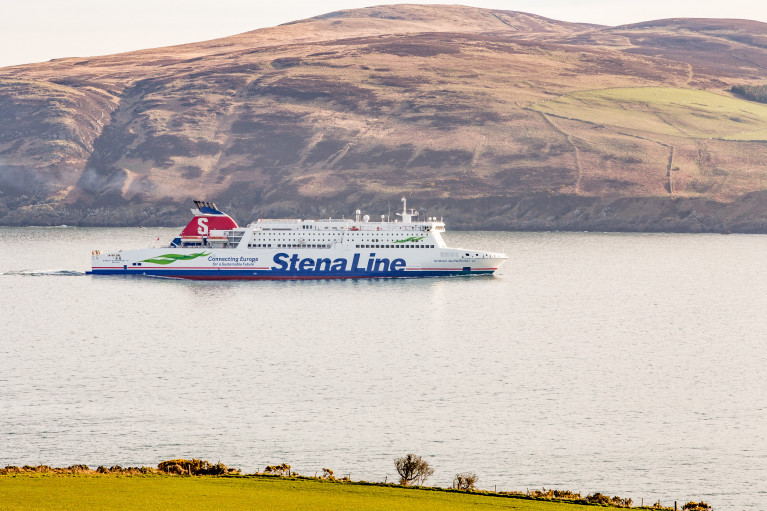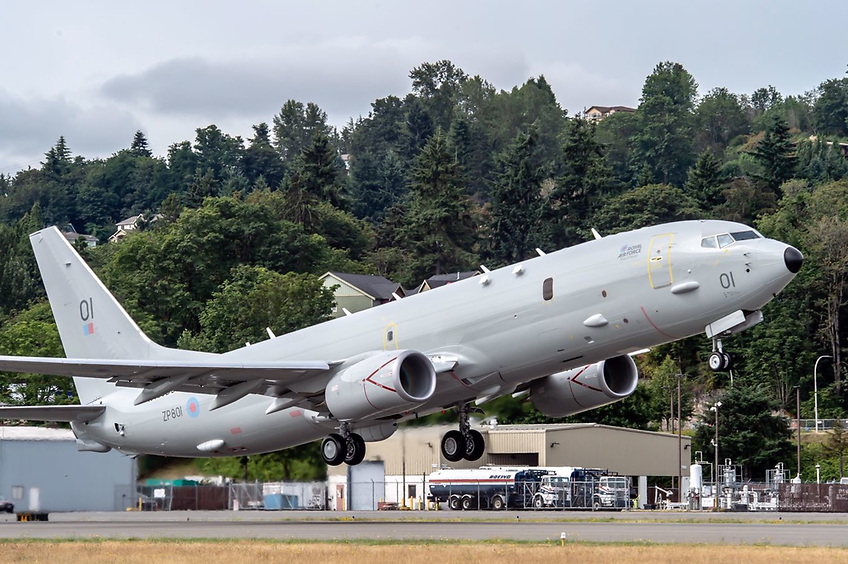Displaying items by tag: Sailings Resume
Ferry Sailings Operated by Stena Line Resume after Covid Cancellations
Ferry services run by Stena Line have resumed between Scotland and Northern Ireland, which were earlier disrupted due to a positive Covid-19 test among its crew.
One crew member on the Cairnryan to Larne ferry received a positive result from a lateral flow test, causing the company to take action on Wednesday.
It cancelled a number of sailings on Wednesday night and Thursday morning while the whole crew were tested.
No further cases were identified and sailings resumed with knock-on delays.
More from BBC News.
Relief Ferry Returns to Dry Dock Forcing Routine Passage East Ferry to Remain In Service
#FerryNews - Attempts to operate the Passage East Ferry service in Waterford Estuary were beset with bad weather recently and mechanical issues however sailings resumed service yesterday afternoon, writes Jehan Ashmore.
The routine ferry, Frazer Tintern links Passage East on the Waterford side and Ballyhack in Wexford and takes 15 minutes for the 22-vehicle ferry to complete a round trip. On average there are 120 crossings daily.
The intended relief ferry, Frazer Aisling Gabrielle that normally serves Scenic Carlingford Ferry's route, had just completed an annual refit at New Ross Boat Yard. On arrival in Passage East on Wednesday, the 44-vehicle ferry was to have taken up operations however strong winds and tides led to cancelled sailings.
When weather conditions improved yesterday, Frazer Aisling Gabrielle was still prevented in sailing due to mechanical issues. This forced the relief ferry to return to the New Ross Boat Yard for further work on the banks of the Barrow. The dry-dock facility is where FBD Tintern arrived the day before for annual overhaul too, however the ferry was equally forced in returning to service.
Afloat previously monitored the Frazer Tintern make the original journey to the dry-dock located south of New Ross Port. This involved making a transit through the swing-bridge section of the Barrow Bridge which carried the railway line between Waterford City and Rosslare Harbour. An exception is container freight trains serving Belview (Port of Waterford) terminal located to the east of the city.
Despite the delays to Frazer Aisling Gabrielle, sailings in the absence of this ferry on the Scenic Carlingford Ferry link are been maintained by the Frazer Mariner.
Fortunately, Frazer Mariner is a refief ferry which is available to remain on the Carlingford service, though the ferry is due this month to return on the seasonal Scenic Lough Foyle ferry service. The launch of the seasonal service is however approaching the busy Easter Bank Holiday weekend.
All three ferry operations are part of the Limerick based Frazer Ferries Group which launched the first ever Carlingford ferry service last year aswell as the re-opening of the Foyle operation. In 2016 the group acquired the Waterford estuary service.
























































